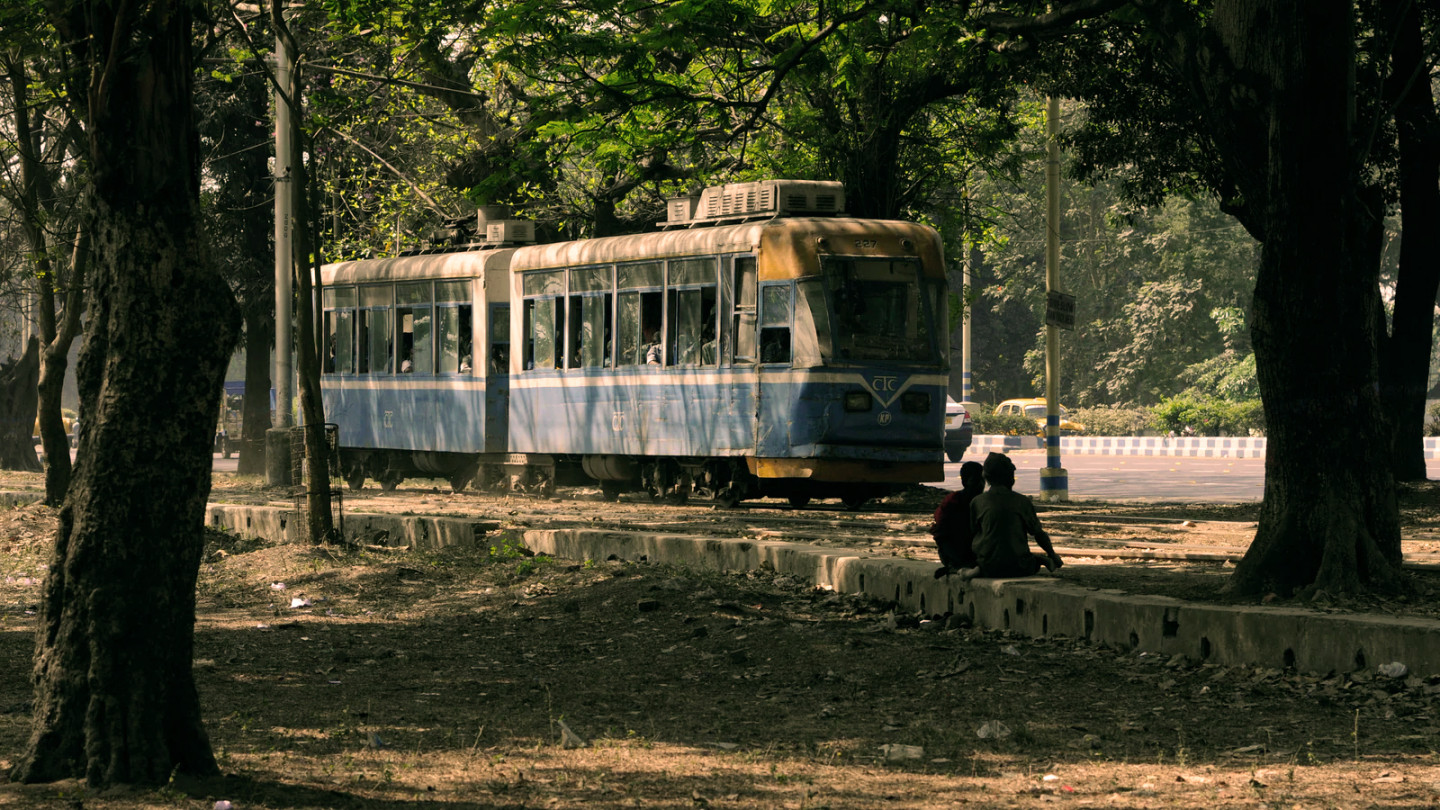Moving Kolkata turns the city’s iconic trams into vehicles for inclusive dialogue around climate change and sustainable urban development.
The Kolkotan trams are an important part of the city's heritage and were instrumental in Kolkota's growth to become one of the world's most populated cities. Now they have become a sustainable mode of transport running on electricity and a symbol of community and resilience. Moving Kolkota wants to use this important part of the city's heritage to start a conversation around climate change in a city that is suffering strongly from the effects of pollution and fast urban development.
Local NGOs will gather insights on how Kolkatans experience and deal with these issues in their daily life – inviting learning and sharing of high impact, low tech, community-led solutions. Local artists and artisans will then turn these insights into SDG-inspired artworks, while Indian and European photographers document the project activities for the project website and SoMe. Finally, an exhibition takes ‘Moving Kolkata’ to Delhi, exploring the potential of collaborative public art in sharing best practices and hacks for living with climate change.
Sustainable transport as a symbol of community and resilience
One of the Sustainable Development Goals established by the United Nations is to make cities and human settlements inclusive, safe, resilient and sustainable. This project wants to centre their work around this goal and to encourage real engagement from people living in a city hit hard by climate change. Moving Kolkata combines aspects of climate change, sustainability, heritage and communities – in a project where artists and communities are invited to share and co-create solutions for the future of Kolkata’s sustainable development.

